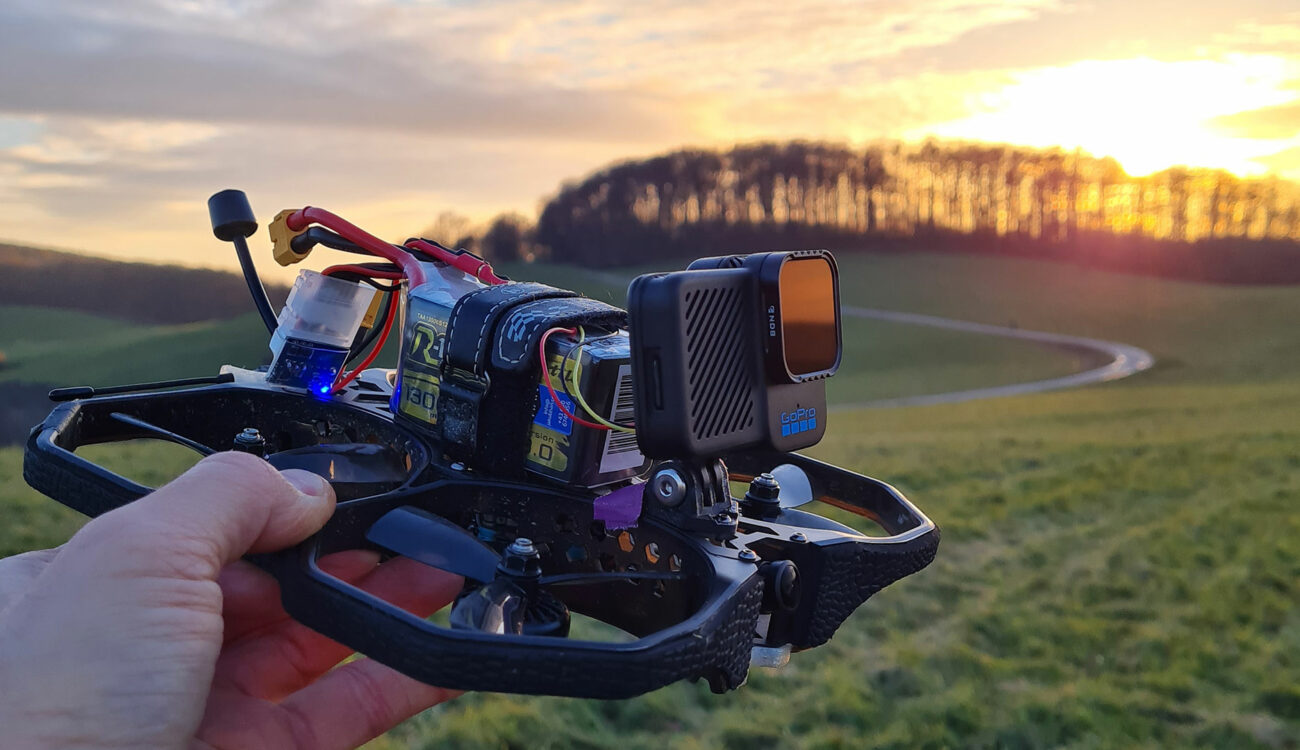
What is the present and future of lightweight cameras for FPV drones? Do we really need to have two cameras on an fpv quadcopter to get good-looking footage? Read on to find out more about the topic and my thoughts on this.
Roughly a year ago, I started flying with FPV drones. In the beginning, I spent hours learning to fly in a simulator and then went out and started collecting experience in the real world. My ambition was never racing or freestyle acrobatics though. As a filmmaker, I wanted to see what I can capture with these drones – nice and smooth images with some tight fly-throughs are my goals in FPV.
I am currently flying with lightweight action cameras on 3.5″ and 2.5″ quads and decided to write a little opinion piece about the current stand of this segment of the industry and where it might be headed in the near future.
First, let me get a little side note out of the way. While larger “cinelifter” fpv quads able to carry cinema cameras up to the likes of an ARRI Alexa Mini also fascinate me, I do not (yet) have personal experience with these, so I will only focus on lightweight setups here. Lightweight and compact FPV drones can also get to places where large ones can not – for instance fly through tight spaces or in a closer proximity to people.
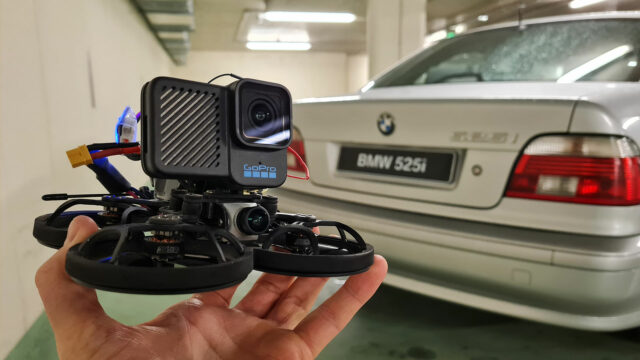
The air unit cannot produce nice images?
Let me start by explaining the first title a bit – every FPV drone has a wide-angle camera at the front connected to the transmitter and antenna which sends a low latency image to the pilot’s goggles – the so-called “air unit”. The pilot then uses the image information to control the drone. For the purpose of this article, I will leave out the whole “analog versus digital” topic – I will only refer to digital FPV flying.
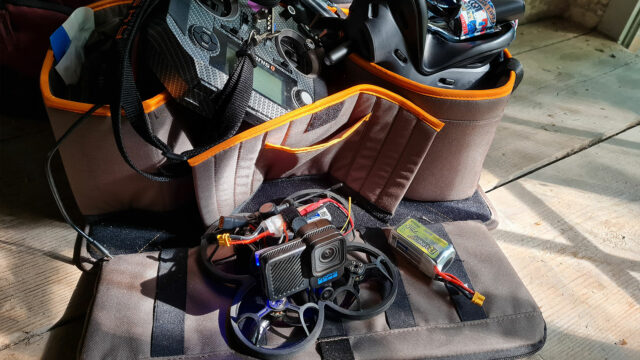
While for FPV racing and freestyle flying, the image from an air unit is fine (these people mostly fly analog anyway), it is certainly insufficient if you use the drone for filmmaking. Therefore, pilots started mounting a second camera on the back of FPV drones – solely for the purpose of high-quality image capture, no transmission. Because the payload of most FPV quads was low, the camera had to be small – hence the wide use of GoPros.
Reducing the camera weight
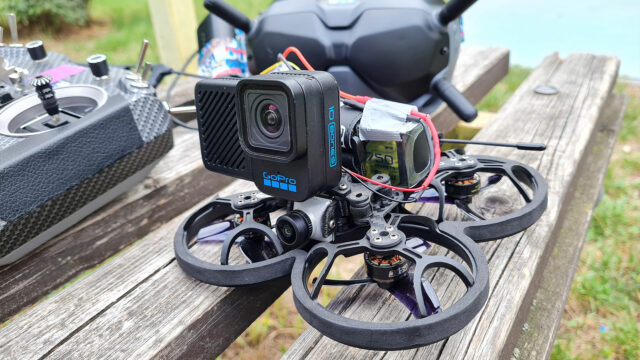
While having another camera mounted on the back of an FPV drone provides better images, it makes the drone lose some of its agility and significantly reduces (the already fairly short) flight time. That is why with the lightweight FPV quads, pilots try to save every possible gram of weight. To get significant weight savings with any given setup, there are basically three options (that also overlap to make things more interesting):
- Buy a lighter camera (with the risk of a slightly worse image quality)
- Take out the camera’s battery and power it externally
- shave-off unnecessary weight and transform the camera into a “naked” action camera
1. Ultralight action cameras
While regular GoPro cameras have gotten slightly heavier over the last few generations, there have been numerous alternatives. Years ago, GoPro made the Session line of cameras. These were incredibly tiny and lightweight, but unfortunately, the California-based company abandoned the Session line after two generations and only focused on the main HERO action cam line ever since.
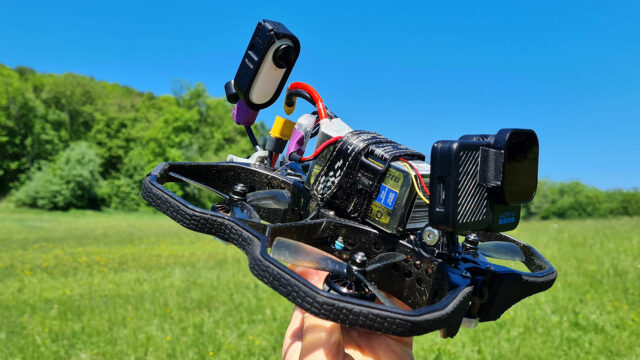
Only recently, GoPro started noticing the growing hype around cinematic FPV use and DIY naked GoPro phenomenon. Earlier this year, GoPro launched the HERO10 Bones (unfortunately still US-only), which shaved off many unnecessary HERO10 parts reducing the weight of the camera from 158g to 54g. The Bones, however, requires external power. More on external power later.
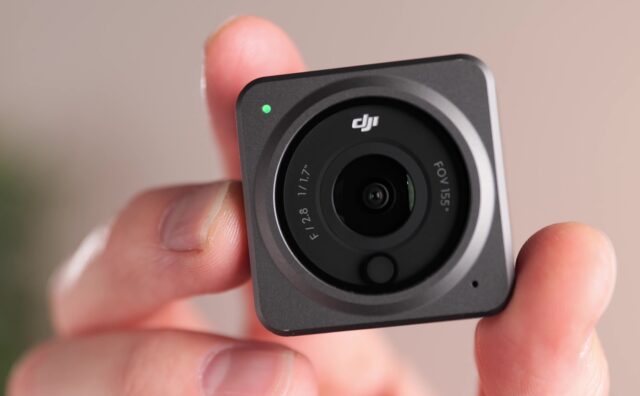
While GoPro is one of the most popular brands of action cameras thanks to its nice image quality and good image stabilization (mostly thanks to ReelSteady post-production-based gyro stabilization), there are other alternatives. In October 2021, DJI launched a very lightweight action camera – the DJI Action 2 – weighing only 56 grams. While quite capable, the camera seems a little limited in terms of battery life and built-in storage.
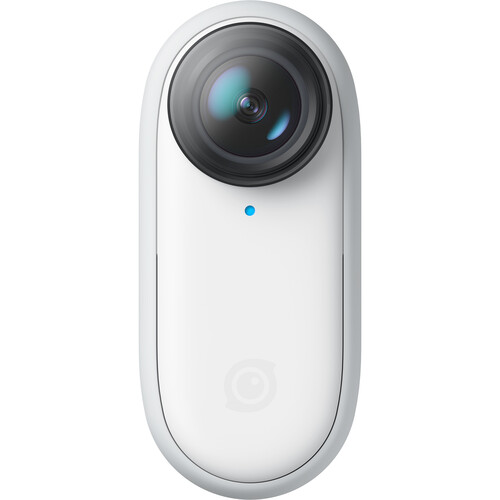
Another alternative might be the Insta360 GO 2. This little camera only weighs 27 grams but does not quite match GoPro or DJI in terms of image quality, available resolutions, and framerates. Still, the GO 2 (or its fpv-modified version Caddx Peanut) is fairly popular with the most lightweight fpv quads. Talking about the Chinese Caddx, the last example of a very lightweight camera from a recent time is the Caddx Walnut – a 63 grams, 4K60-capable camera which straight-up looks like an old GoPro Session clone.
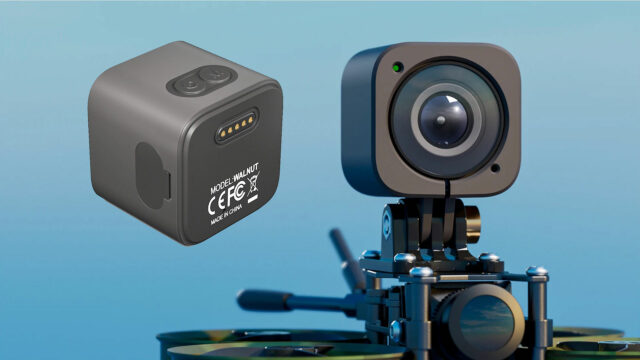
2. External power versus built-in battery
The easiest way to save a few grams when you already have that full-size GoPro sitting on the back of an FPV quad is to take out the battery and power the camera externally. The idea here is to utilize the large LiPo battery that already is on every drone anyway, so why not use it for everything that sits onboard? The camera can either be connected directly to the LiPo pack via its balance port and a suitable 5V regulator (that is my favorite way of doing it) or it can be soldered to the drone’s logic board and take the power through the drone’s circuits.
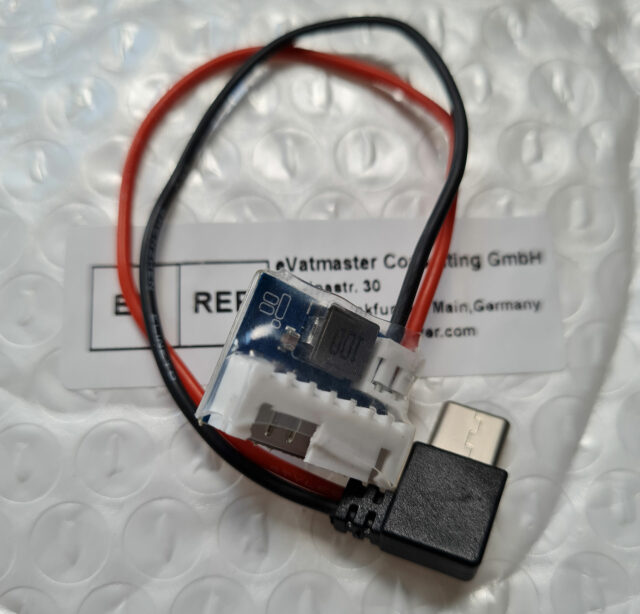
You might dispute that the camera will eat up a part of that LiPo battery capacity and that is true, but a heavier load in form of an extra battery just for the camera will increase the overall weight of the drone and therefore eat up the LiPo battery quicker as well. That is why I think external power is the way to go. One potential risk of this solution is a loose contact that can interrupt the camera’s recording mid-flight. That is why it is always good to check and test your camera’s power cable before taking off.
3. Naked full-size action cameras
Because FPV flying has been (and still is) full of DIY spirit, stripping down cameras to save some weight came hand-in-hand with building and fixing the drones. The advantage of having a naked GoPro on the drone is that you get the image quality of a full-size model at the fraction of its weight. The disadvantage is the slightly lower reliability and virtually zero crash protection of such cameras.
As I mentioned, GoPro finally acknowledged the popularity of naked cameras and the company launched the GoPro HERO10 Bones (only in the US) earlier this year. In September 2022, along with the new HERO11, GoPro also introduced the HERO11 Black Mini. Although being smaller than the full-size HERO11, the camera is not that lightweight with its 133g. The higher weight is due to the more durable body and built-in battery.
In the meantime, of course, FPV pilots are stripping the full-size HERO11 again and reaching weights around 35g which is interesting even for sub-250g FPV quads. A naked GoPro HERO11 is, in my opinion, currently the best solution for very light fpv quads.
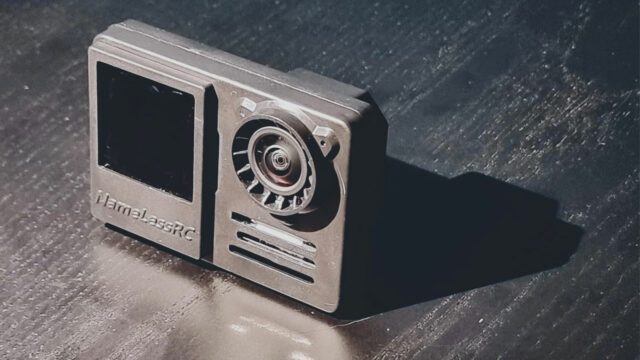
Stripping down a full-sized GoPro, of course, is not for everyone. It requires a fair bit of skill, time, and patience. Thankfully, there are companies that offer ready-made naked GoPros. Unlike with the official GoPro HERO10 Bones, you can, however, forget about the warranty from GoPro. If you crash and destroy your DIY-ed naked GoPro HERO11, that’s it. You can either repair it, or go buy another one.
Do we really need two cameras on every FPV cinewhoop?
I think this starts to be an interesting question lately. Having two cameras on the drone, of course, increases the overall weight of every build. Wouldn’t it be easier to have only one do-it-all camera on a lightweight quad? I think it would for sure, the thing is we don’t currently have such a camera available. We are getting pretty close though.
What we need in such a camera, is a combination of a high-quality video recording and the ability to connect to a video transmitter and send a compressed low-latency, high-framerate 1080p signal to FPV goggles for piloting. When I say high-quality video recording, I do not only mean high resolution and framerate, I also mean high dynamic range, 10-bit color, manual controls, the possibility to use ND filters, and so on.
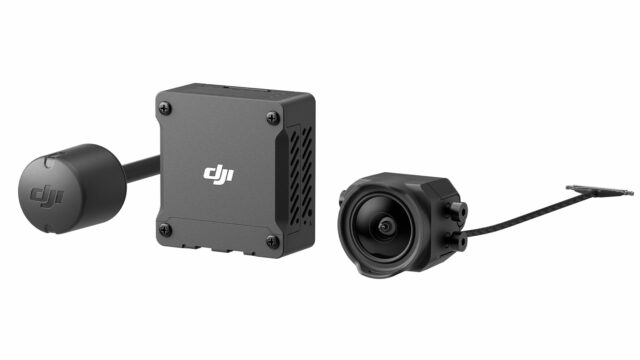
DJI got pretty close with their recent O3 Air Unit, but it is unfortunately still not quite there image-quality-wise. The HERO11 currently still offers better image quality with 10-bit color and manual controls. Although with the recent firmware update, the DJI Avata (that sports the DJI O3 Air Unit) received a 10-bit video recording, the standalone DJI O3 did not get it yet as far as I know.
Anyway, if DJI further works on getting an even better image quality out of the next-generation Air Unit, we might soon stop strapping a second camera on the back of our lightweight FPV quads. Do you agree?
Do you fly lightweight fpv drones for filmmaking purposes? What is your fpv camera setup? Where do you see this industry heading to? Let us know in the comments section underneath the article.
























